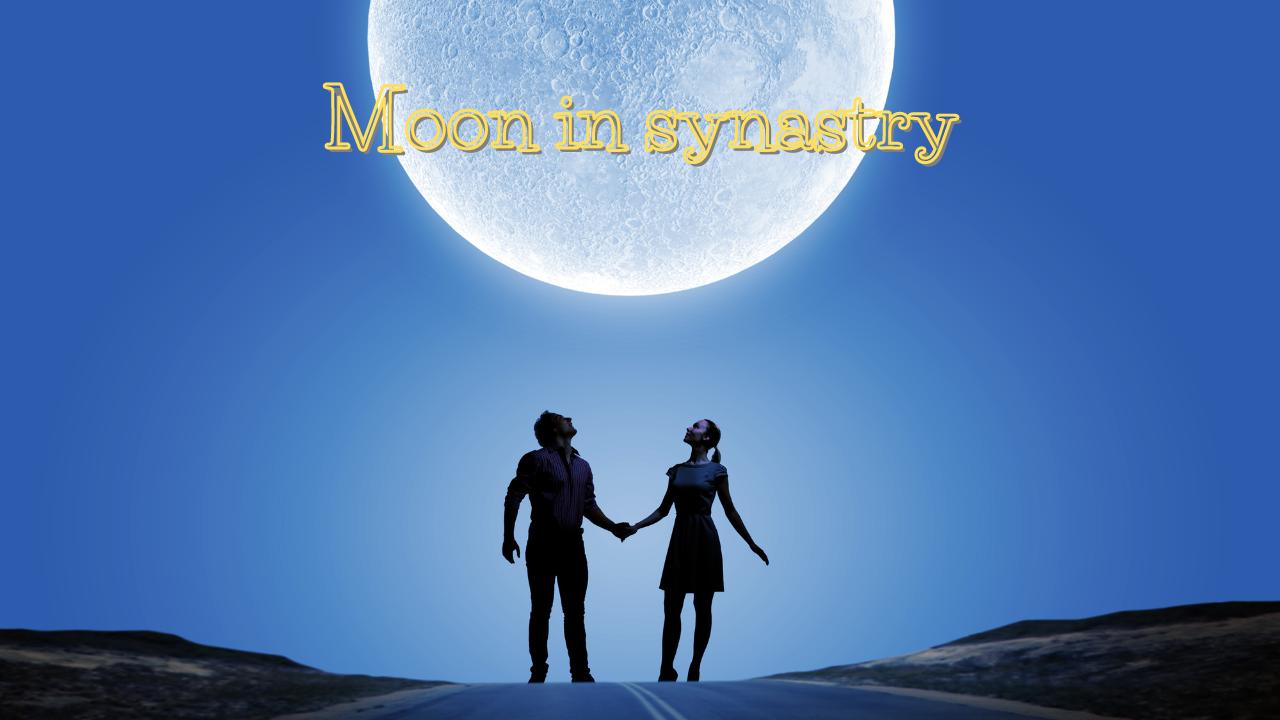Table Of Content
- Further reading
- Police officer hiring in U.S. increased in 2023 after years of decline, survey shows
- Sale Is Planned for the Diaries of the Missing Atheist Leader
- O'Hair Remains Confirmed
- Even in Death, O’Hair Is in Middle of Battle as Atheists Seek Her Ashes
- What the Bleep Is Going On With Texas Home Insurance?

It identifies as "a nationwide movement which defends the civil rights of non-believers, works for the separation of church and state and addresses issues of First Amendment public policy". She served as the group's first chief executive officer and president until 1986. She was the public voice and face of atheism in the United States during the 1960s and 1970s. Although her son Garth Murray succeeded her officially as president, she retained most of the power and decision making.
Further reading
Either unbeknownst to O’Hair or because she did not care, before his employment at American Atheists, Waters was actually a convicted murderer out on parole. The Army officer refused to divorce his wife to be with Madalyn because of his strict Roman Catholic upbringing which mandated that he couldn’t divorce. O’Hair had a son from the relationship, divorced her husband, and took the last name of Murray even though she never married the officer. John Irvin Mays, a building contractor, and Lena Scholle Mays, baptized their daughter Madalyn in the Presbyterian Church and gave her what she later described as a happy and secure childhood.
Police officer hiring in U.S. increased in 2023 after years of decline, survey shows
3 This event set a precedent for numerous dramatic and attention-seeking decisions she would make later in her life, nearly all of which were facilitated by her abhorrence of religion. The family suffered financial troubles during the Great Depression (1929–41), an economic crisis in which many people lost money in stocks and were unemployed. They lived briefly in Detroit and Chicago before settling near Akron, Ohio. Some historians note that John Mays was probably involved in bootlegging for a time.
Sale Is Planned for the Diaries of the Missing Atheist Leader
She was a contentious figure, and when she disappeared in 1995, along with her son and granddaughter from their home in Austin, Texas, that too was controversial. O'Hair is best known for the Murray v. Curlett lawsuit, which challenged the policy of mandatory prayers and Bible reading in Baltimore public schools, in which she named her first son William J. Murray as plaintiff. Consolidated with Abington School District v. Schempp (1963), it was heard by the United States Supreme Court, which ruled that officially sanctioned mandatory Bible-reading in American public schools was unconstitutional.
Madalyn Murray O'Hair: the most hated woman in America - inews
Madalyn Murray O'Hair: the most hated woman in America.
Posted: Fri, 24 Mar 2017 07:00:00 GMT [source]
O'Hair Remains Confirmed
Though the organization officially claimed 70,000 families on its mailing list, it only had between 2,000 and 2,500 actual members, each of whom paid dues of $40 a year. Like the televangelists she mocked, Madalyn got good at begging for money by claiming poverty or fabricating catastrophes, including a famously leaky roof. Money poured in, sometimes from the estates of dead atheists. The Truth Seeker countered with a racketeering claim, demanding $7 million in damages. Born April 13, 1919, into a working-class Pittsburgh family, Madalyn Mays was baptized a Presbyterian.
The TSHA makes every effort to conform to the principles of fair use and to comply with copyright law. Over and over again in the analysis of the situation, one compelling fact becomes clear. The Germans had nowhere near the train capacity to haul 6,000,000 people to concentration camp points. Had the Germans attempted to house, clothe, and feed 6,000,000 Jews plus millions of others, the activity would have paralyzed their military operations.

FROM HER HEADQUARTERS—WITH ITS PRINTING PLANT, tape duplication center, 25,000-volume library, and luxury offices—Madalyn reigned over a vast empire. She had at least seven corporations, each with a handpicked board of directors. She and her lawyers filed more and more separation of church and state lawsuits. She lost one to get “so help me God” taken out of the Texas jury oath and another to get the cross taken out of the City of Austin seal.
What the Bleep Is Going On With Texas Home Insurance?
Nevertheless, many atheists today credit her with leading the way on the issues that are most important to them. Non-believers in America today--numbering as much as 14.1% of the U.S. population, according to one study--are a diverse group. Ranging from devout atheists and rationalists to secular humanists and other freethinkers, they are united in their vision of complete separation of church and state. Many say O'Hair's activism was the forerunner of current church-state debates, from the current "Under God" controversy to the drive to remove "In God We Trust" from U.S. money to fights over the public display of the Ten Commandments. At about the same time, William, then in junior high, attended a public school in Baltimore.
Madalyn Murray O'Hair interviewed by KVUE at American Atheist Headquarters (7215 Cameron Rd.) - 1987
7 Although the Murray case was joined with a similar case from Pennsylvania, issued by a Unitarian family, Murray was able to direct all of the attention that resulted from the ruling to herself and her family. The Supreme Court ruling was a major victory for O'Hair, who had come to believe she was the champion of American atheists. She claimed nearly complete responsibility for this major change in policy, despite the fact that much of the legal work had been done by others. In fact, O'Hair had used her battle over school prayer as a platform for what amounted to her lifelong career as an advocate for atheist causes. During the course of the battle, she took control of a small newsletter titled The American Atheist to spread her views and to solicit financial support. O'Hair was featured in major profiles in Time, Newsweek, the Saturday Evening Post, and other magazines.
Danny Fry, as it turned out, served prison time with Waters. He disappears the same weekend the O'Hairs do -- right after the purchase of half a million dollars of gold coins. Unhappy with the lenient sentence Waters ultimately received -- probation and an order to pay back the money -- Madalyn O'Hair decided to expose him by writing a lengthy article in her atheist newsletter (quoted in part above). She indulged her anger with a lengthy diatribe, laying out Waters's criminal record and revealing him to be a cold-blooded animal. She reported that while he was still a teenager that he had killed another boy by beating him with a post and leaving him in a ditch. Once out of jail, he turned on his own mother, beating her, screaming abuse at her, and finally urinating in her face.
At Jon’s behest, he says, he laid off the staff and got to work—but after he’d cashed a few checks, Jon stopped calling him. Waters panicked, thinking he was involved in something he could no longer control, and resigned. The O’Hairs called the police, claiming Waters had stolen $54,415. Waters turned himself in, took a lie-detector test (passing, according to Vanity Fair), and eventually pleaded guilty to theft to avoid the life sentence he could have received as a habitual offender. He was given deferred adjudication, ten years’ probation, and ordered to pay restitution to AA of the $54,415, a figure cut to $15,000 after the DA’s office saw the faxes Waters had taken.
Robert Ingersoll, the “Great Agnostic” of the late nineteenth century, was a highly respected lawyer who sought to facilitate polite discourse with his opponents. Similarly, the “New Atheist” movement is spearheaded by a group of authors, scientists, and philosophers attempting to strengthen the role of atheism through intellectual arguments and debates. Murray was born in Pittsburgh, Pennsylvania, on April 13, 1919. While she was brought up within the Presbyterian Church, she soon began to question the truth and morality of faith-based beliefs. Ted Dracos, one of her biographers, describes an “antiepiphany” she experienced in 1945 during a severe thunderstorm.
Or maybe O'Hair, a rebel herself, was drawn to those who lived outside the law. Whatever the reason, she hired ex-con David Waters in 1993, and at first it looked like a good choice for both of them. "I almost quit my first week there when I heard Jon screaming at his mother with a bunch of profanity," employee Travis recalled. "I just wasn't brought up to talk to my mother that way, but I later came to realize he talked that way because that's the way she taught him to talk."
She and her family had been persecuted for 35 years for their courageous stand for the separation of church and state. But lately, as her health declined, and with it her energy and combative spirit, O'Hair had been known to talk about getting away from it all. She severed ties with members who offended her, asked too many questions, or tried to democratize her organization—and once you were out, you were out for good.
Her admirers and supporters started sending her checks and she became a provocative talk-show guest, her radical utterances causing Johnny Carson's jaw to drop. Later that month came the first hints of something darker. Evan Moore of the Houston Chronicle reported that on September 5, 1995, someone claiming to be Jon Murray sold Murray’s Mercedes to a San Antonio couple for $15,000 cash—$6,000 under blue book value. “He was in a hurry to sell it,” said the buyer, Mark Sparrow, who had responded to a classified ad listing Jon’s cell-phone number. The seller was about fifty, five foot nine, and stocky, with light, curly hair.
The requirement for prayers in schools had been ended in 1962 after a supreme court decision, but the following year another case Murray O’Hair was involved in led the supreme court to rule that bible readings were unconstitutional. In God-fearing America in the 1960s, this was a big deal (in schools in the UK, there is still a requirement for daily “collective worship” which should be “wholly or mainly of a broadly Christian character”). The landmark ruling made her famous, and she regularly appeared on TV and the radio, pushing her subsequent campaigns, which included attempting to sue the pope and trying to get the words “In God we Trust” removed from US currency. Madalyn Murray O’Hair (1919–1995), an atheist, filed several lawsuits that dealt with First Amendment separation of church and state issues. In 1960 she was a plaintiff in a lawsuit, Murray v. Curlett, that sought to prohibit Bible reading in the Baltimore public schools as an unconstitutional activity. The case was consolidated with Abington School District v. Schempp (1963) in which the Supreme Court extended the ban on prayer in public schools established in Engel v. Vitale (1962) to Bible reading and the recitation of the Lord’s Prayer.











